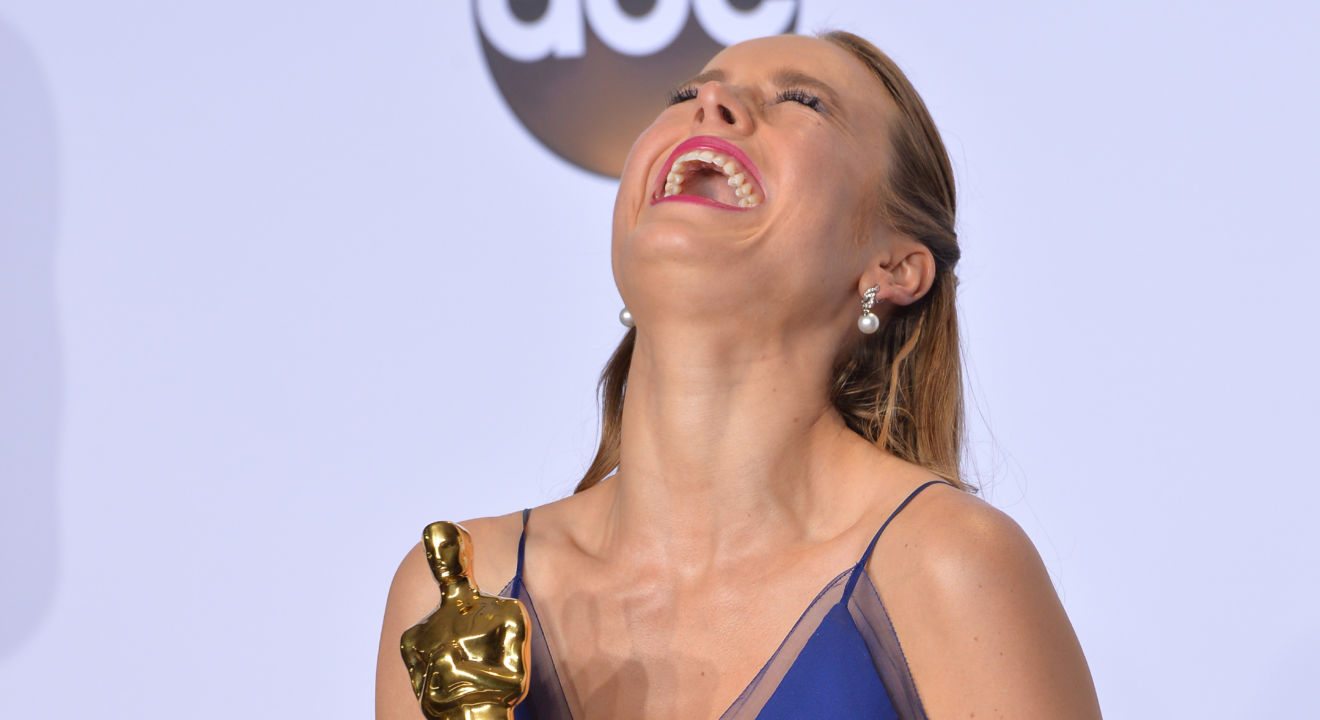Uncategorized February 21, 2017


Although many British and European actresses have won the Academy Award for Best Actress throughout the decades since the late 1920s, Americans have been lacking in diversity in the film industry. #OscarsSoWhite made many headlines this year as a majority of the nominees and winners of the awards were white, even though it is 2016.
In half a century, films may have changed drastically due to technological advances, but have the winners of the Best Actress award?
1960s
The 1960s, otherwise known as the decade of the hippie and LSD, was the also the decade of Elizabeth Taylor and Katharine Hepburn, who both won two awards in the 60s. Julie Andrews and Maggie Smith also won their first awards in 1964 and 1969, respectively. The British were sweeping the awards during this decade although the Americans did keep up.
1970s
Glenda Jackson and Jane Fonda both won two awards in the decade of new technology and the lava lamp. The Americans took back the awards in this decade, with Glenda Jackson being the only British actress to win. Whereas the movies from the 1930s through the 60s had mostly sweet, innocent roles for women, the 70s changed the dynamic to more progressive characters. Diana Ross, Cicely Tyson and Diahann Carroll were all nominated during this decade, but there won’t be an African-American Best Actress winner for another 30 years.
1980s
All across America and in other Western countries as well, big hair was the defining 80s style. In 1989, Jessica Tandy became the oldest actress to ever win the award, and this was also the decade in which Cher and Meryl Streep won their first awards. Streep has been nominated 15 times for Best Actress but has only won twice and Shirley MacLaine won her last Best Actress Academy Award in 1983. Whoopi Goldberg was nominated for The Color Purple in 1985.
1990s
Known as The Decade of the Gameboy and Way Too Much Denim, the 1990s boasted many romantic dramas and crime and psychological thrillers. Many leading actresses won their awards for these types of films: Kathy Bates for Misery (1990), Jodie Foster for The Silence of the Lambs (1991) and Jessica Lange for Blue Sky (1994), to name a few. This decade was also the first time a Latin American actress, Fernanda Montenegro from Brazil, was nominated for this award, although no Latin American actress has won it yet. Angela Basset was nominated for What’s Love Got to Do With It in 1993.
2000s
The rise of social media and Apple products largely influenced special effects and how movies were watched and reviewed at the turn of the century. There was a slight shift in the white pool of nominees with one Mexican actress, Salma Hayek for Frida (2002), one Latin American actress, Catalina Sandino Moreno for Maria Full of Grace (2004) and one African-American actress, Gabourey Sidibe for Precious in 2009, being nominated. And, of course, Halle Berry made history in 2001 when she won Best Actress for Monster’s Ball and was the first (and still only) African-American to do so. Marion Cotillard was the first actress to win for a French-language film in 2007.
2010s
The first half of the 2010s has been all white actress winners: Meryl Streep for The Iron Lady (2011), Jennifer Lawrence for Silver Linings Playbook (2012) and, most recently, Brie Larson for Room (2015), to name a few. Drama, whether it’s romantic or historical, was the theme for the films of this decade. Viola Davis and Quvenzhané Wallis were both nominated in 2011 and 2012, respectively, but no non-white actresses have won the award yet in this decade. Davis and Whoopi Goldberg are tied with two nominations each that make them the most nominated African-American actresses ever.
Sorry, no related posts found.